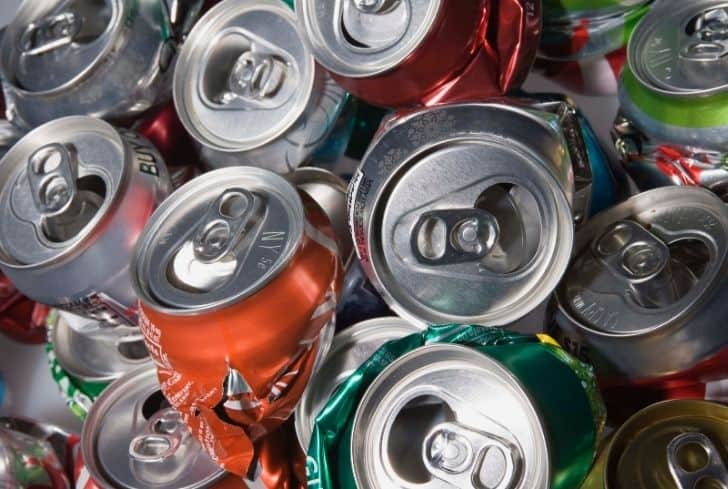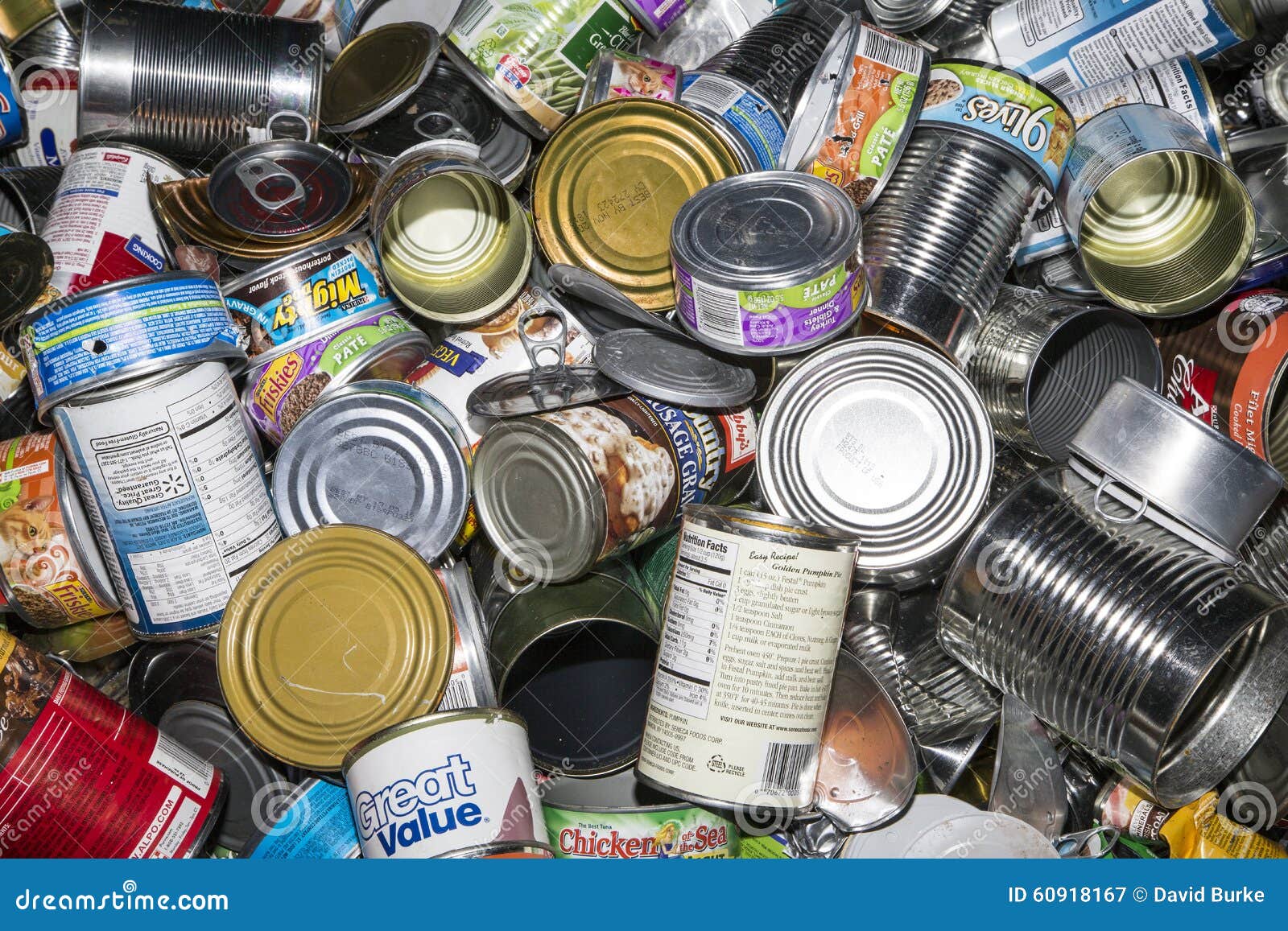Youll want to verify acceptance through your program as well as any preparation instructions such as whether to rinse or crush cans. Recycling does more than just keep renewable resources from the landfill --- it reduces your impact on the environment beyond your.

Aluminum Recycling Process To Recycle Aluminum And It S Benefits Conserve Energy Future
Kusik CL and Kenahan CB 1978 Energy use patterns for metal recycling.

Energy used in recycling tin vs production of tin. Primary production of tin requires 99 more energy than secondary production. Refined tin use in 2018 was 372000 tonnes according to an estimate from the International Tin Association. We expect global consumption growth of tin to outpace production growth over the years with demand from consumer electronics being the main driver.
The process involves simply re-melting the metal which is far less expensive and energy-intensive than creating new aluminium through the electrolysis of aluminium oxide Al 2 O 3 which must first be mined from bauxite ore and then refined using the Bayer process. The amount of energy saved using recycled steel compared to virgin ore is up to 56. This means recycled steel has a wide.
Recycling of these items means saving energy fuel labor cost and time which otherwise is extensive in the manufacturing of virgin products. Solder accounted for almost half the total with other uses including chemicals. Some sources indicate in some countries metal production uses more energy than plastic.
The production of aluminium cans from bauxite is an energy intensive process. However when producing aluminium cans from recycled cans only 5 of the energy is used because it leaves out the energy-intensive Bayer- and Hall-Héroult-processes. Like aluminum steel can be recycled over and over again without losing its strength.
Aluminium recycling is the process by which scrap aluminium can be reused in products after its initial production. Around 65 of steeltin cans are recycled compared to only about 50 of aluminum cans. Primary and Secondary Tin Production 24 Primary Production 24.
Tin is used in the manufacture of electronics soldering and chemicals. Infinitely recyclable aluminum loses none of its integrity even when it is melted down repeatedly plus the whole recycling process can be achieved in less than 60 days flat. Recycling also decreases the amount of waste in landfill reduces the demand for raw materials and reduces water use.
At least 70-80 of the tin on a can is saved when you recycle it. 90 savings in raw materials used. Producing recycled aluminium saves 95 percent of the energy used to make aluminium from raw materials.
Based on the size of the furnace the degree of heat of the furnace and volume of metal melting can take from just a few minutes to hours. MINPREX 2000 International Congress on Mineral Processing and Extractive Metallurgy Melbourne 1113 September. Recycling tin saves 2600kWh of energy per tonne on average One tonne of recycled tin prevents mining of approximately 15 tonnes of tin ore Compared to creating it from scratch recycling of.
US Bureau of Mines. According to research conducted by the US Environmental Protection Agency recycling scrap metals can be quite beneficial to the environmentUsing recycled scrap metal in place of virgin iron ore can yield. Using recycled metal material can reduce the sourcing and production footprint of metal products somewhat.
Recycling steel also means saving landfill space. Meanwhile tins versatility and use in multiple arenas will sustain demand for the metal on a multi-decade horizon. Norgate TE and Rankin WJ 2000 Life cycle assessment of copper and nickel production.
Most cities will accept metal cans aluminum and steel in the curbside recycling program. Also thanks to the metals very good thermal conductivity the energy used to heat the food contained in the pack is minimised - a further saving. This cuts down mining waste and preserves a valuable ere source.
Food can be processed in a foil container shaped by it carried in it delivered displayed carried home baked or re-heated in it - all without any need for the contents to be removed from the one container. The use of energy data and associated carbon emissions extracted to highlight differences. Tin cans are actually 99 steel with a thin layer of tin added to prevent rusting.
Frequent Tin or Steel Can Recycling Questions Can I recycle steel cans in my curbside recycling program. 75 savings in energy. Energy to Recycle Glass Bottles vs.
Compared to producing virgin aluminum from raw bauxite recycling old aluminum consumes just 5 of the energy and releases a mere 5 of the greenhouse gases. Page 5 Report on Environmental Benefits of Recycling The brief given by Metal Interests Limited on behalf of BIR is to prepare a report on the environmental benefits of recycling. Still as mentioned above the energy required to melt and recycle metals is much less than the energy that is needed to produce metals using virgin raw materials.
Even though plastic production has some very negative production requirements when compared to the production of tin and aluminum containers it only uses a fraction of the energy. Millions of dollars are now being paid annually for scrap aluminium. How much energy does recycling save.
Paper comes from trees metals from certain rocks and ores glass from sand and plastic from oil. Recycling steel and tin cans saves 74 of the energy used to produce them from raw materials.

Recycling Opbbs Recycling Lins Sustainability
Tidak ada komentar